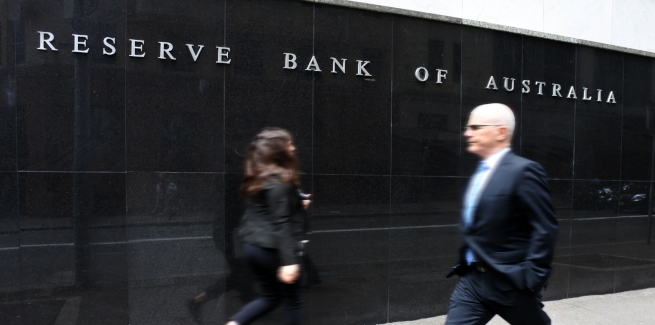The Reserve Bank of Australia (RBA) has released minutes from its monetary policy board meeting in February, in which it held the cash rate at 0.75 per cent.
The central bank’s decision was anticipated by the market, given strong labour market and inflation figures released ahead of the meeting.
In an address to the House of Representatives standing committee on economics following the board meeting, RBA governor Philip Lowe used what some analysts described as “hawkish” rhetoric in his assessment of the domestic market.
Mr Lowe maintained his expectation for GDP growth to pick up to 2.75 per cent in 2020 and, according to AMP Capital chief economist Shane Oliver, lifted the “hurdle” for further cuts to the cash rate.
However, in its minutes, the RBA has not revised its outlook for monetary policy, reiterating that it “remains prepared to ease monetary policy further if needed to support sustainable growth in the economy, full employment and the achievement of the inflation target over time”.
Reflecting on the board’s minutes, ANZ Research noted that while the RBA’s stated position remains unchanged, it is still unclear whether the central bank would cut rates further in the near term.
“The minutes do not specifically refer to the need for the economy to deteriorate before the RBA will consider another rate cut,” the research group observed.
“They suggest an open approach to lack of progress towards the bank’s target is still a possible trigger for a move lower.
“But we are careful about overplaying this as governor Lowe has been clear about what economic developments would be needed to get the bank back to easing.”
ANZ Research pointed to remarks from Mr Lowe to policymakers, in which the governor noted the risks of further cuts to the cash rate, adding that cuts would only be on the cards if the unemployment rate “trended in the wrong direction” and there was “no further progress being made towards the inflation target”.
Mr Lowe also expressed concern regarding a potential spike in borrowing activity in the mortgage market, if rates were to fall further.
ANZ Research continued: “In contrast, the minutes from the RBA’s February meeting do not make any reference to higher unemployment or lower inflation being necessary for another rate cut.”
However, the research group concluded by noting that it would not “overplay” the absence of such rhetoric in the RBA’s minutes, when assessing the central bank’s monetary policy strategy.
Meanwhile, AMP Capital’s chief economist continues to expect further easing from the RBA despite its conflicting tone.
“In our view, with growth likely to be weaker than the RBA expects, unemployment is likely to drift up a bit, underemployment is likely to remain very high, and wages growth and inflation are likely to remain lower for longer,” Mr Oliver said.
“All of which will result in little progress towards the RBA’s full employment or inflation goals. In fact, the RBA’s latest forecasts imply little such progress anyway.”
The AMP economist stated that in the absence of fiscal stimulus from the government, the RBA would cut the cash rate to 0.25 per cent in the coming months before pursuing quantitative easing.
“We continue to see further rate cuts in the months ahead with a high chance that quantitative easing will be required, despite governor Lowe saying that ‘it is not on our agenda at the moment’,” Mr Oliver noted.
[Related: QE on the way despite ‘hawkish’ RBA rhetoric]
 ;
;
